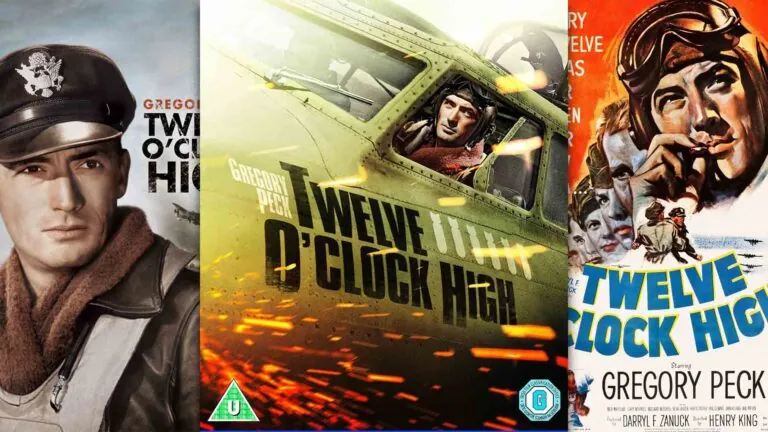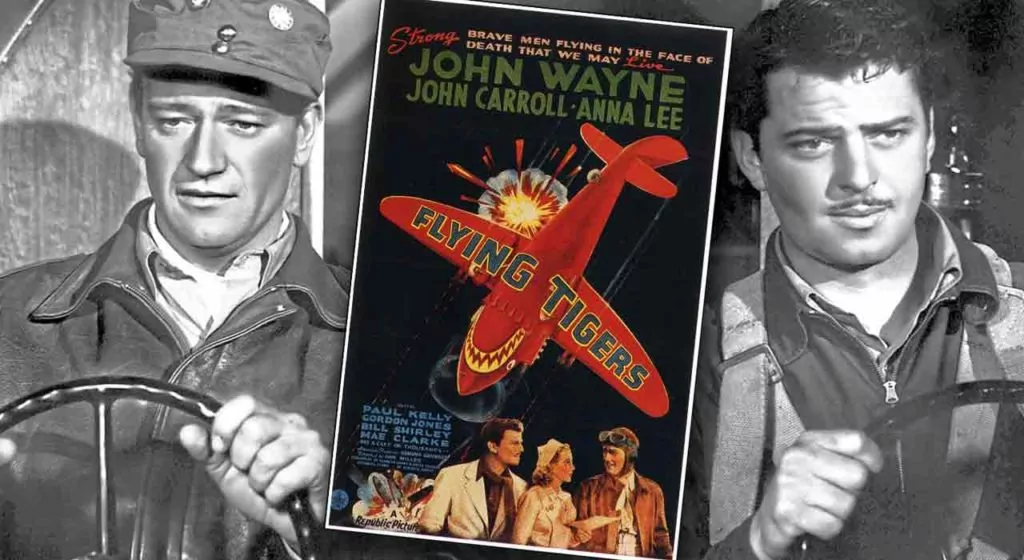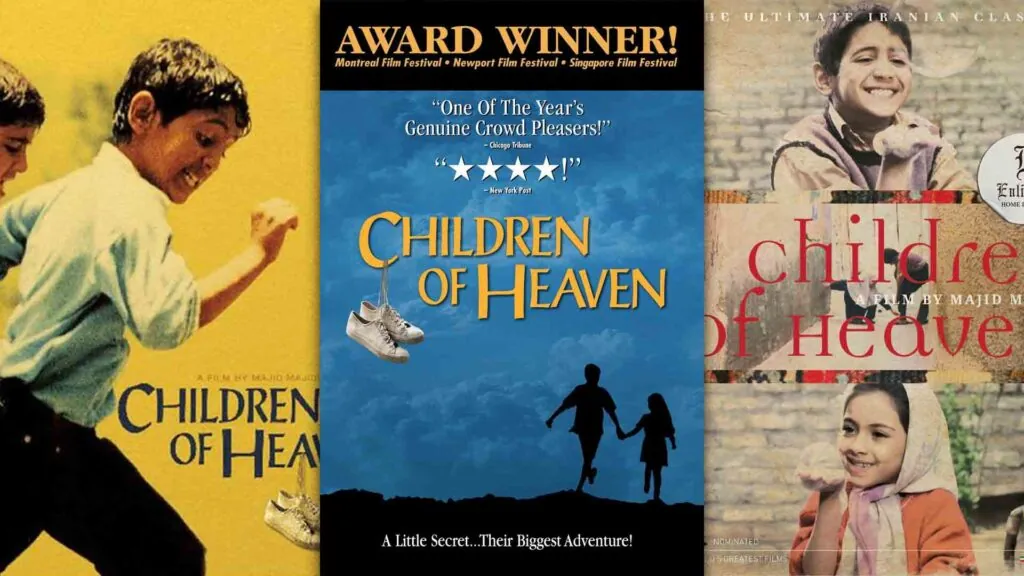Drama / War
1949 / 132 minutes
RATING: 8/10
When the Americans first entered WWII they did so with a small air force – it would take them time to really amp up the production of fighters and bombers – but no shortage of vital missions that required doing. That meant they needed a “maximal effort” from the men they did have to cover the gap until more men and more materials could be had. But what exactly is a “maximal effort”? How far and how hard can a man be pushed before he crumbles under the strain?
When the commander of the 918 Bomber Squadron is pushed past the breaking point, General Frank Savage takes over. His job is to transform the struggling squadron back into an effective fighting force. But how long can he endure the strain of command himself, losing men almost every mission, before he too is crushed by the pressure?
Cautions
None to note. This is a war film, but most of the action is off screen, and talked about rather than shown.
Conclusion
The film’s title is a reference to how the German fighter pilots would often attack the bombers head-on, coming, then, from “twelve o’clock high.”
The film has all sorts of kudos – it has been called “probably the best picture about the pressures which war imposes on those at the top.” It was nominated for 4 Oscars (including Best Picture) and won two, including a nod for Best Supporting Actor. And it remained popular enough to spawn a highly rated 3-season 1960s TV version also called 12 O’Clock High.
This is one of my own favorite World War II era films, completed just 5 years after war’s end. There is an authenticity here that just can’t be found in modern-day renditions – actors today didn’t experience what everyone, soldiers and their loved ones, lived through at the time. So, two thumbs way up!












